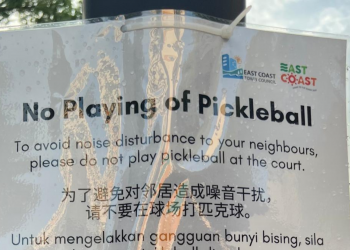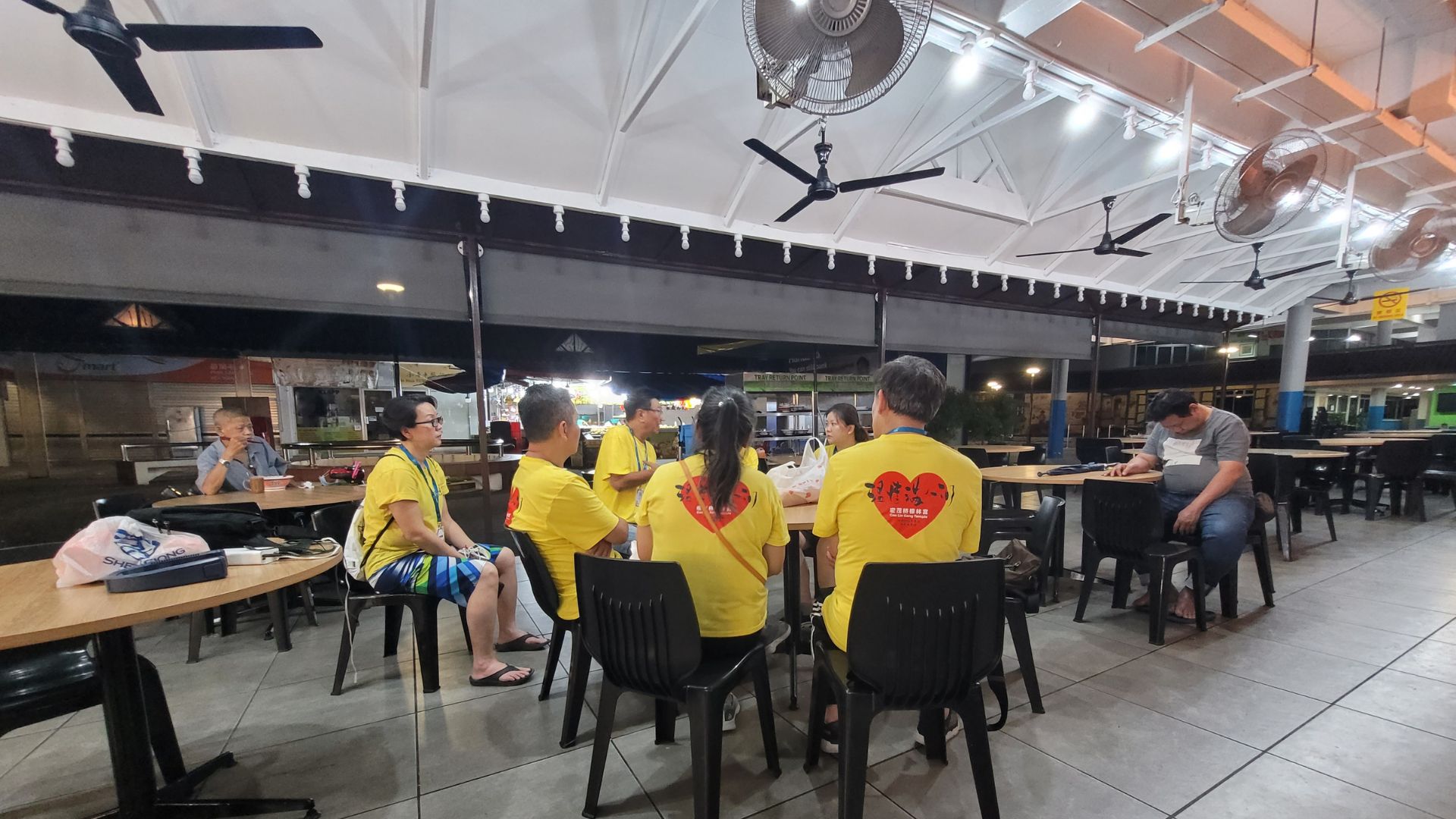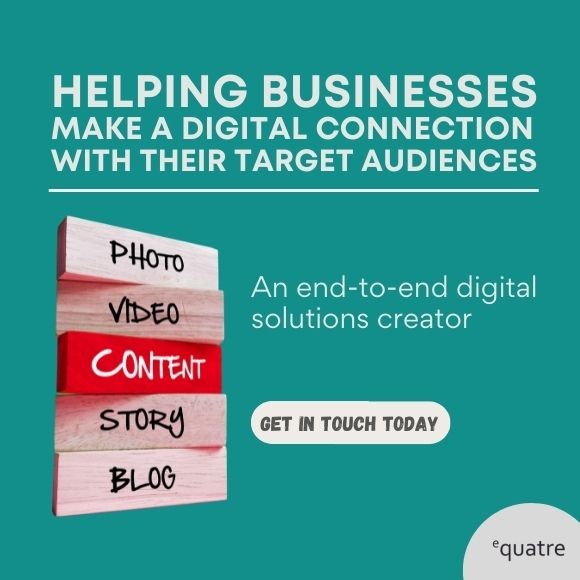The history of emoji spans 24 years and has evolved from its origins as a simple way to symbolise mood and emotion. Today, it is often used as a communication tool, speaking across cultures and propelling movements for social justice and inclusivity. More recently, Adobe released its Global Emoji Diversity & Inclusion Report, which explores how people are using diverse emojis to communicate, why they matter and how they can initiate positive change. TheHomeGround Asia evaluates the report’s results and asks diversity expert Angela Leung to explain why emojis are important in making meaningful connections in a digitised world.
Over the past decade or so, social media and texting has elevated the use of emoji into an indispensable medium for enhancing emotional communication on digital platforms. Emoji is able to visually spell out what syntax might fail to, while livening up conversations and substituting non-verbal cues, like body language and gestures, as well as tone of voice.
Through emoji, users have an unspoken dimension to share what they think and feel in the digital era of text-based communication. Measuring just 128×128 pixels in resolution, these pictograms encapsulate different moods, irony, humour, even identities and values giving messages added meaning, often symbolic. The invention of emoji also assures us that we do not need to be eloquent speakers or good writers to get our message across to our intended recipients.
But is the current selection of emoji enough to support a global system of digital communication, encompassing people from a vast array of backgrounds, interests, cultures, mores, values, et cetera?
Adobe’s Global Emoji Diversity & Inclusion Report attempts to answer this question by “unpacking the importance and impact of diversity and representation in emojis for self-expression and identity.” Through the global study, it interviewed 7,000 frequent emoji users across seven countries: United States, United Kingdom, Germany, France, Japan, Australia and South Korea.
The survey results were evaluated by Paul D. Hunt, Adobe’s delegate for the Unicode consortium’s emoji subcommittee (ESC). Mr Hunt highlighted that despite regional differences between survey results in each country, the result was clear – 83 per cent of respondents said that a more inclusive representation is needed in emoji.
He thinks that emoji can help people express themselves in ways that words often cannot. And that is why it is important to “be able to see ourselves represented”, otherwise “we miss the opportunity to share meaningful aspects of our personhood with the people we are engaging.”
He asks: “How are we going to change our culture to be more inclusive and amplify the voices of those who have, traditionally, been underserved, underrepresented, and at times, ignored? How can we think about the people that have important stories to tell, that need to be heard, and enable them to share their points of view?”

The evolution of the emoji – the lingua franca of our times
The word ‘emoji’ comes from the Japanese words ‘e’ (meaning ‘picture’) and ‘moji’ (meaning ‘character’). The term originated from the 1990s, as mobile phone culture exploded in Japan. While SoftBank, known as J-Phone at the time, released the world’s first known set of 90 emoji on 1 November 1997, Shigetaka Kurita is often credited for being the founder of emoji that popularised its function.
Initially created for NTT DoCoMo’s i-mode, a mobile web platform, Mr Kurita’s designs were inspired by manpu symbols from Japanese manga, such as a drop on the head to signify nervousness or confusion. These simple markers of emotions drew Mr Kurita to expand on the idea for DoCoMo, creating a set of 176 basic emoji.

The early emoji sets were intended to help facilitate electronic communication and serve as a distinguishing feature from other mobile platforms and services. But today, the emoji has become more than an icon to indicate one’s emotions. It has become a bridging tool for communication between people who speak different tongues.
In his book, The Emoji Code: The Linguistics Behind Smiley Faces and Scaredy Cats, English communications and linguistics professor Vyvyan Evans explains that the emoji “adds more than a splash of colour to our digital alphabet”, and credits emoji for providing a “visual form of communication that is both resonant and powerful.”
A picture is worth a thousand words, and emojis resonate with people because they transcend the boundaries of language.
From mood to movement
Although it takes nearly two years for new emojis to be rolled out on platforms like iOS, the emoji is growing beyond the controlled pace of its creators to reflect the changes in society.
Singapore Management University Associate Professor of Psychology, and diversity expert, Angela Leung explains that as more people gravitate towards the emoji as a form of convenient communication, “they easily become meaningful symbols associated with shared meanings endorsed by a collective, sort of like a cultural symbol or cue.”
Indeed, in recent years, emoji have played a part in several cultural phenomena and even dabbled in politics. Social and cultural movements have also been a large consideration in the design of emoji. Twitter has launched custom emoji to embolden citizens in various countries in their conversations about voting during elections. For instance, it created an emoji of President Halimah Yacob to celebrate her presidential victory. And launched special emoji to be used with conversations about the 2020 Singapore election on its platform.
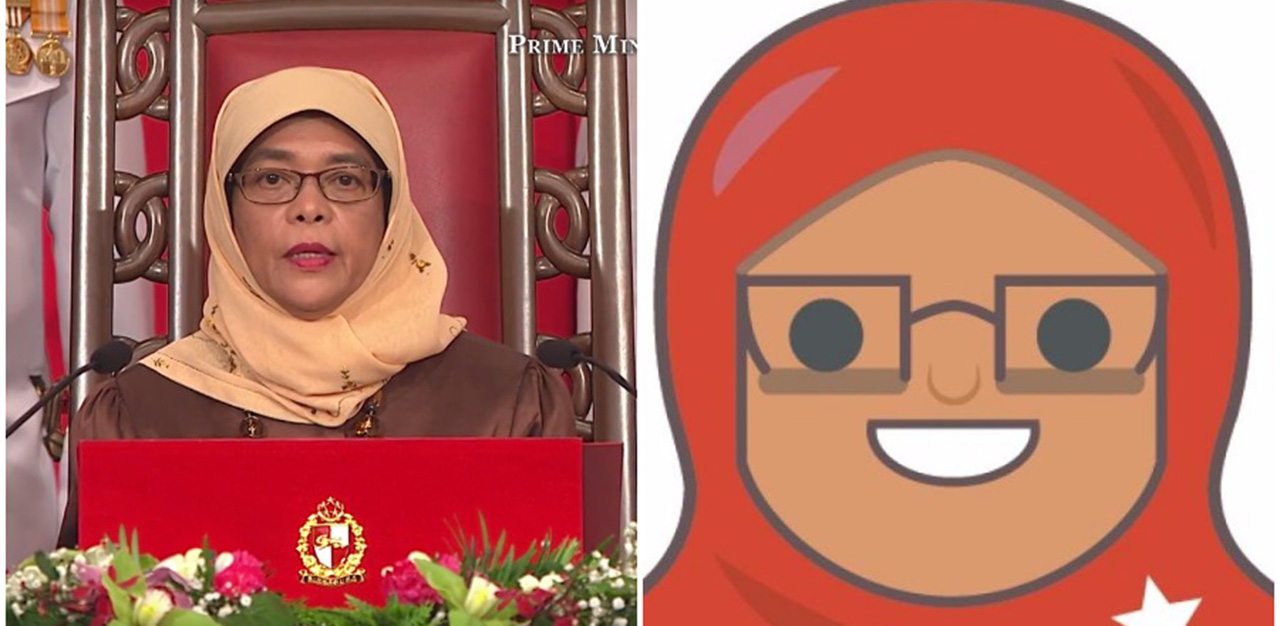
Emojis have also proven to be an effective platform for activists to raise awareness in online protests.
Earlier this April, Twitter launched an emoji to celebrate the first anniversary of the #Milk Tea Alliance online protest movement. The alliance emerged last year when it united anti-Beijing protesters in Hong Kong and Taiwan with campaigners in Thailand and Myanmar.
Recognising the popularity of the movement, with millions of tweets being posted using #MilkTeaAlliance, Twitter designed the emoji consisting of three different shades of milk tea from countries where the Alliance first formed online.
Similarly, the three-finger salute that originated in the dystopian novel and film series, The Hunger Games by Suzanne Collins was recently adopted by pro-democracy protest movements, spreading from Thailand to Hong Kong and to the ongoing Myanmar coup, where it has since developed into a pro-democracy symbol.
Emojis were even used as a form of code to circumvent censorship laws in China at the start of 2020, when the coronavirus first broke out in Wuhan. Dr Ai Fen, the director of the emergency department of Wuhan Central Hospital, was the first doctor and whistleblower to pass along information about Covid-19. But messages of the whistleblower’s interview kept getting deleted due to censorship by the Chinese Government. Users of WeChat, the Chinese messaging app used emoji to evade censors, by translating Ai Fen’s viral interview into emoji, like the hieroglyphs of antiquity, escaping detection.

Beyond a communication tool, emoji have become a platform that reflects our cultural settings or identities, and even our political movements, a system that grows and expands as societies and people do.
Emoji elitism
With the rate at which the emoji is evolving, it might be easy to assume that the emoji is at least sufficient to convey the general, mainstream narrative of the technologically inclined. But what happens to those who are not part of the general narrative, or those who belong to a minority whose narratives are perhaps not as well-known?
Some have argued that to assume the universality of emoji’s narrative is to be rooted in a form of cultural elitism, which prioritises a mainstream narrative over that of the minority.
The fact is that despite the widening selection of emoji available, only half of emoji users across the seven countries Adobe surveyed feel their identity is adequately reflected in current emoji options.
For respondents in all seven countries, culture is the number one category that respondents wish to see more inclusivity; with this being the case for 41 per cent of Gen X-s and the majority of respondents who are multilingual. Age and race/ethnicity also follow closely as the categories respondents want to see better reflected in emoji options. Only 54 per cent of global emoji users feel that their identity is sufficiently reflected in current emoji options.

The limitations of emoji
Even in a more diverse cyber world, there are limitations to emoji as a tool of communication. For instance, the Adobe survey shows that 63 per cent of the disabled community say that they feel under-represented. Some respondents have also asked to see more emoji of “helping objects”, such as wheelchairs, canes, or even hearing aids, while others have found it reductive to represent their disabilities through objects.
Dr Leung notes that people interpret emoji subjectively. The emoji’s small size means that not a lot of detail can be included in each symbol, which limits how representative an emoji can be. Its presence as a visual medium also means that the emoji has to be easily deciphered and understood by the recipient, hence it cannot be overly complicated.
The results of the survey boil down to a paradoxical question: If the emoji library is meant to reflect social and political changes and to keep up with news and current affairs, how could it ever be inclusive enough?
To this, Dr Leung agrees that it would never be inclusive enough and explains that this is because emojis are often created reactively, in response to what is happening.
“It is unlikely there are emojis to represent accurately everything that we want to convey,” says Dr Leung. “After all, they are not exhaustive and cannot replace texts.”
But she argues that perhaps too much emphasis is being placed on the emoji as a symbolic bastion of inclusivity. Rather she suggests, “The key lies in people’s intentions or purpose to use emojis, not how inclusive or exclusive the emoji itself is.”
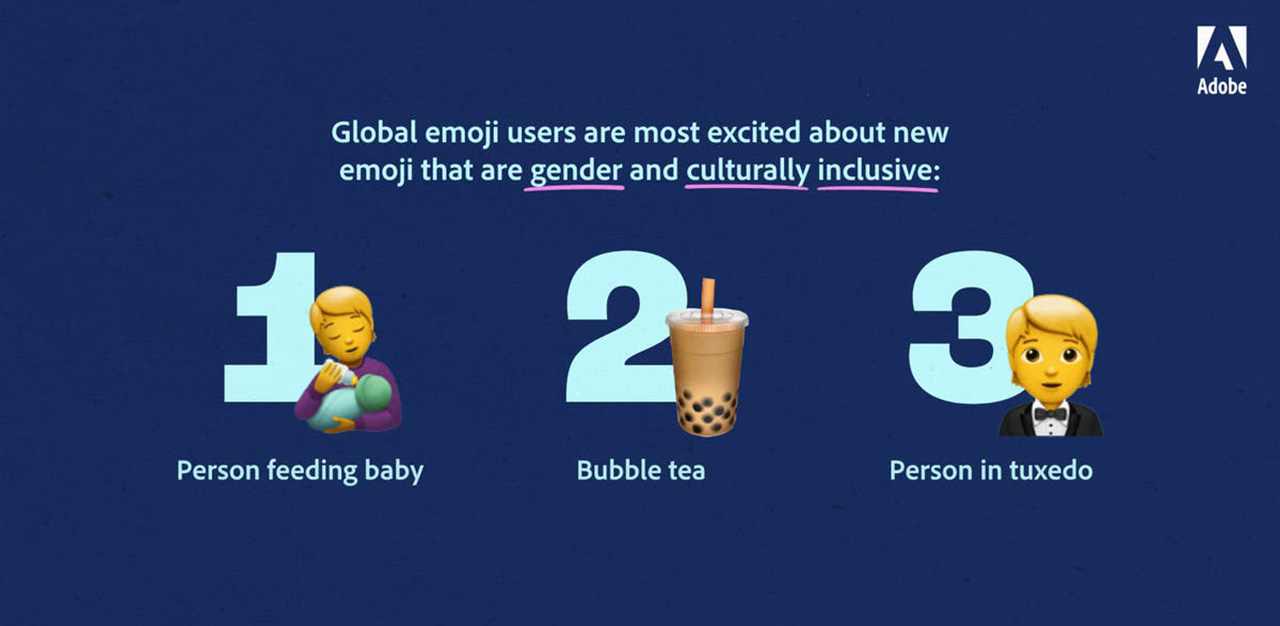
Towards diversity and inclusion in the emoji library
Still, recognising that the emoji library will never be inclusive enough, is not a reason to stop trying to make it as inclusive as possible.
According to Adobe’s survey, a majority of respondents (more than 70 per cent) believe that inclusive emojis have the power to create positive change in the world by sparking positive conversations about important cultural and societal issues.
A broader representation of diverse voices and experiences can also deepen understanding and empathy between different individuals and cultures.

Mr Hunt hopes that emoji can create more compassion among users, and says that he was happy to see a lot of optimism in the survey results: “It may be my overly optimistic view of these little cartoon characters, but I am hopeful that by making our systems for interpersonal communication more inclusive, we will be able to see and understand each other better, empathise with each other more and create a more cooperative culture that values the strength that comes from valuing diverse experiences and voices.”
Adobe expects to release a second part of the survey later this year, which would expand on the current findings and insights around the diversity and inclusivity of emoji worldwide. It has also partnered with Emojination, a grassroots organisation dedicated to championing for the design of more representative emojis.
Said Jennifer 8. Lee, a co-founder of Emojination: “Adobe’s support has been critical to Emojination’s five-year push for more inclusive and representative emoji, as it allows us to provide support to the passionate individuals who are pushing to see themselves and their cultures represented, which has resulted in emoji for sari, hijab, boomerang, piñata, matryoshka doll, long drum, arepa and bubble tea.”
Join the conversations on TheHomeGround Asia’s Facebook and Instagram, and get the latest updates via Telegram.

